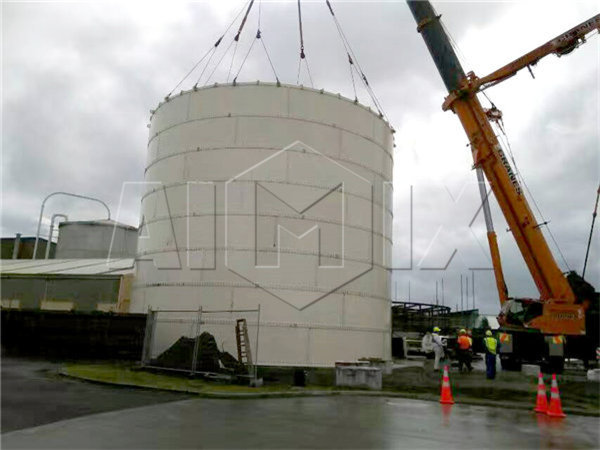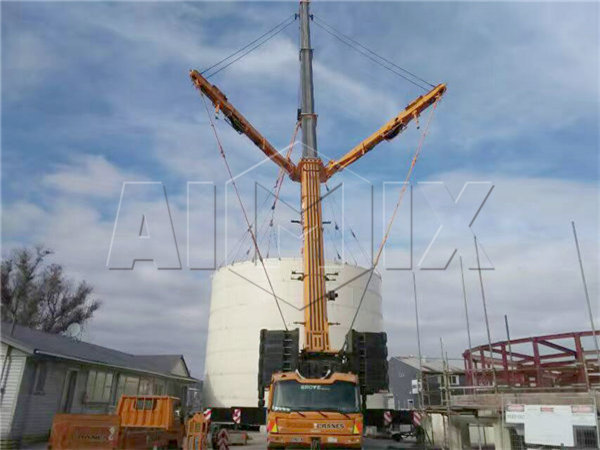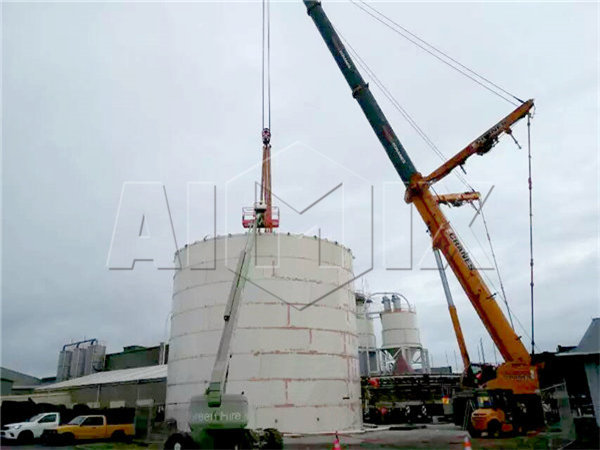Cement silos are warehouses used for storage of cement and other cast materials like fly ash and mortar. They are spiral conveyors that come in different sizes and models depending on the demand and size of the concrete batching plants. Cement is one of the binding materials used in the production of concrete, a vital construction supply. Its weight also varies depending on the storage capacity, which ranges from 10 to 300 tonnes. You will encounter different brands with distinguished functionality levels in the markets to suit all the available demands. Installation of a cement silo requires an expert technique for it to serve efficiently.

What does a silo hold?
First, you require a prefabricated concrete foundation where the silo shall rest. With the help of a crane, the silo gets lifted and then placed on the surface. The positioning should be vertical to ensure stability on the foundation. Upon fixation, the conveying of cement follows through pipes in bulk with a connection that happens at the feeding pipe. The product moves from the tank into the silo. During this passage, some of the particles stick on the walls, hence using the vibration motor to shake it off into the dust collector. The process does not interfere with the progress of cement. Cement silos come with an observation panel where you can examine the level of cement in the store. The bottom part of the silo is cone-shaped, where the discharging takes place. Whenever there is a need for the product, you have to open the outlet. The content then finds its way out in the required quantity. However, one challenge that could occur here is arching. To solve the problem, turn on the electromagnetic valve, which will blow air to eradicate the issue. The closing of the manual release is crucial to prevent the product from wasting.

Cement is a fragile material that can suffer risks when it comes in contact with any amounts of moisture. Therefore, the manufacturing of these devices assumes a water-resistant structure. The reservoir protects the mechanical properties of cement from any impacts within the environment. The massive models work well alongside pumps to ensure loading and discharge are efficient. The outer part is a durable metal shaped in a cylindrical form. Safety is of the essence as cement has the potential to result in pollution. Either way, operators in need of these devices need a thorough inspection of the location to ensure installation won’t result in predicaments.

Cement silos act as devices for the buying and storage of cement silo. Ideally, most operators making concrete focused on a maximum of two day supply storage, but problems resulted in sites with a large scale demand. The presence of this equipment provides a variable amount of room to prevent shortages. Depending on your work, you can either opt for the mobile or static design. The mobile version works efficiently using up to date mechanisms of operation. Operating with it is a guarantee of safety and no loss of materials. Additionally, you can employ it for storing any other relevant commodities.